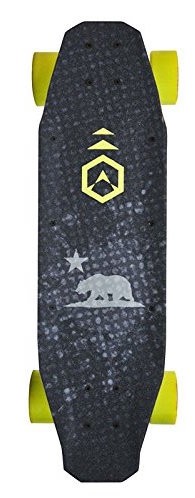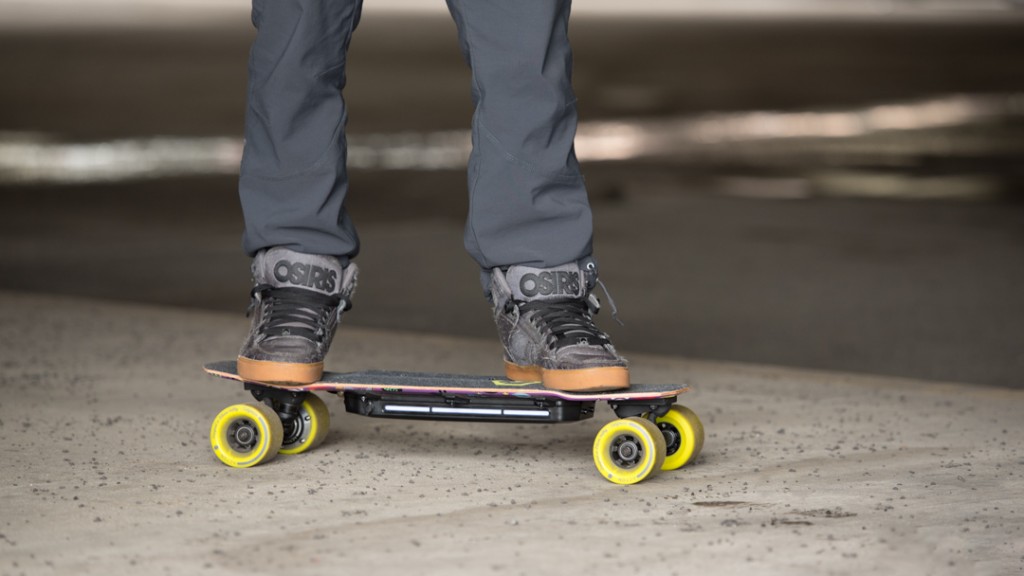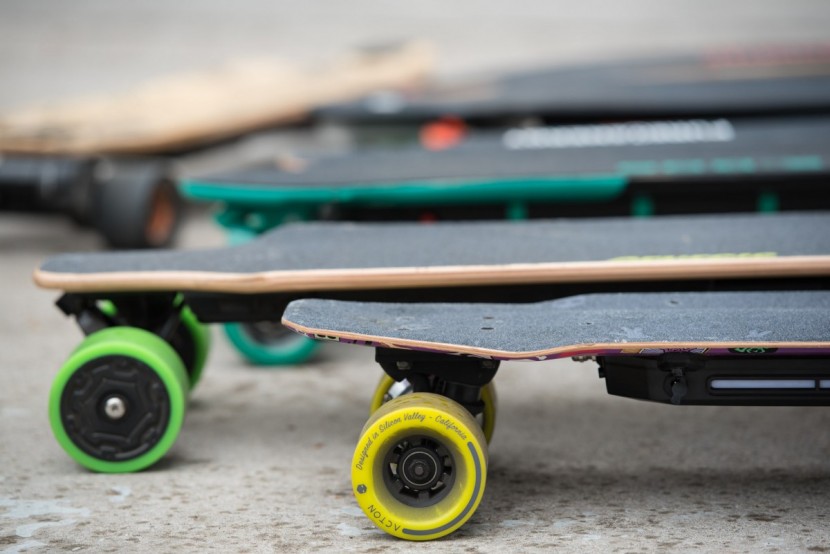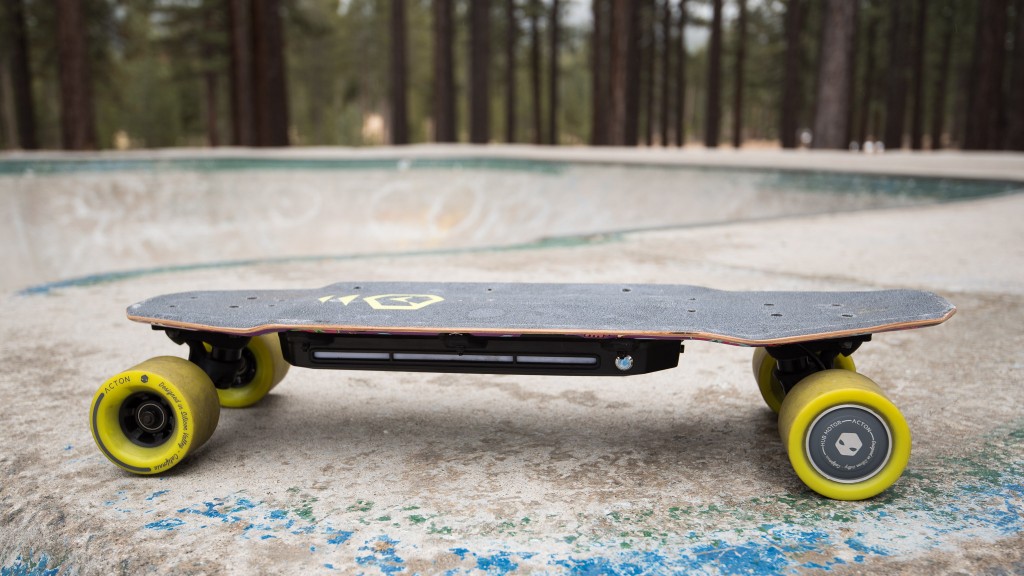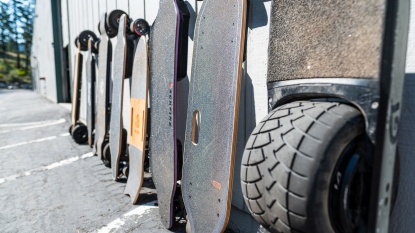Acton Blink Board Review
Our Verdict
Our Analysis and Test Results
The Acton had an alright range, but severely fell short when it came to braking and hills. The build rated above average, but there is a noticeable lag between the remote control command and the board actually responding.
We pushed all of these boards to the limit with an exhaustive battery of tests, and you can see read about how the Acton stacked up against the rest of the boards. We split the testing procedure up into six metrics, and detail how the Acton performed in each of them.
Speed
Speed was king in this metric. The Acton was not, earning a subpar 4 out of 10. We came to this score by the board's performance in our top speed test and our acceleration test. It clocked in at 16.68 mph.
While this performance was respectable, it was the acceleration test that really bogged this board down. The controller lag was exceptionally noticeable in this test, and it had one of the longer times to complete our 50' test track, starting from a standstill.
Range
This was where we evaluated and compared how far each board could go on a single charge, as well as how long it took to charge. We conducted this test on flat, level ground, with the board kept in a moderate riding mode.The Acton did decently well, earning a 5 out of 10, especially since as a smaller board, it has much less available space for its battery pack.
This board made it for 6.7 miles before it became completely disabled, and did a good job maintaining speed throughout the entire test — only slowing down in the last half mile or so. You can see how this model compared to the other board's charging times in the following graphic.
It's smaller battery pack can consequently charge much faster than other models, only taking 1 hour, 20 minutes in our test. It even beat the manufacturer's claimed time of 2 hours handily.
Ride
This metric encompassed how the board felt — whether it was comfortable to cruise around town on, whether it handled cracks and bump in the roads with aplomb, and whether or not we were drawn to this board by the end of the testing process. Is this a board that we would grab frequently for trips around town, or was it left abandoned the majority of the time? Unfortunately, the Acton fell into the latter category with its meager 3 out of 10.
This board was the smallest of the group and has an odd hump in the middle that makes it awkward to stand on. It didn't handle bumps and cracks in the road all that well either, definitely feeling like it might bounce you off. All in all, these traits didn't really inspire a lot of affection for this board, making us much more likely to grab one of the other models for a quick lunch or coffee run.
Hills
This board continued its uninspiring performance on our hills test, earning a 3 out of 10. While the manufacturer claimed that it could handle hills up to 15% grade, we found that it could not. It only made it about 12' up a 15% grade in our test before quitting with our average sized, adult male tester. However, it would reliably make it up a 5% hill without problems. This might be acceptable if you live somewhere primarily flat.
Build
Boosting its score, the Acton earned a 6 out of 10 for its above average build in this metric. This model was the lightest out of the bunch by a decent amount.
The remote felt alright, though the throttle seemed a little flimsy. This board did have the odd quirk of having a lag between the remote and the board, and a poor range of speed. It felt like this board had two settings: off, or full throttle, lacking anything in between. This board does have regenerative braking, and the customer service was so-so. We did manage to reach them over the phone, and they provide a 6-month warranty and a 14-day return policy at the time of writing.
Braking
The Acton did poorly in this final metric, earning a 2 out of 10. We assessed the board's ability at controlling our speed on a descent, and on how quickly it could stop on flat ground. It delivered a subpar performance in both, with it failing to slow us down in our test on any hill steeper than, and including a 10% grade. It would slow you down on a 5% grade, but we found this only applied if you started from a dead stop, not with any sort of speed when you started heading downhill. It also took an exceptionally long time to completely stop on flat ground.
Value
This board was one of the lowest scoring, but also one of the least expensive, so it may be an option for those on the tightest of budgets.
Conclusion
All in all, we weren't the biggest fan of the Acton board. While it was exceptionally small and portable, its riding performance fell a little flat. This board might be a great toy or do well for occasional use, but we think the daily commuter or performance rider would quickly outpace its abilities, and be better served by a different model.


